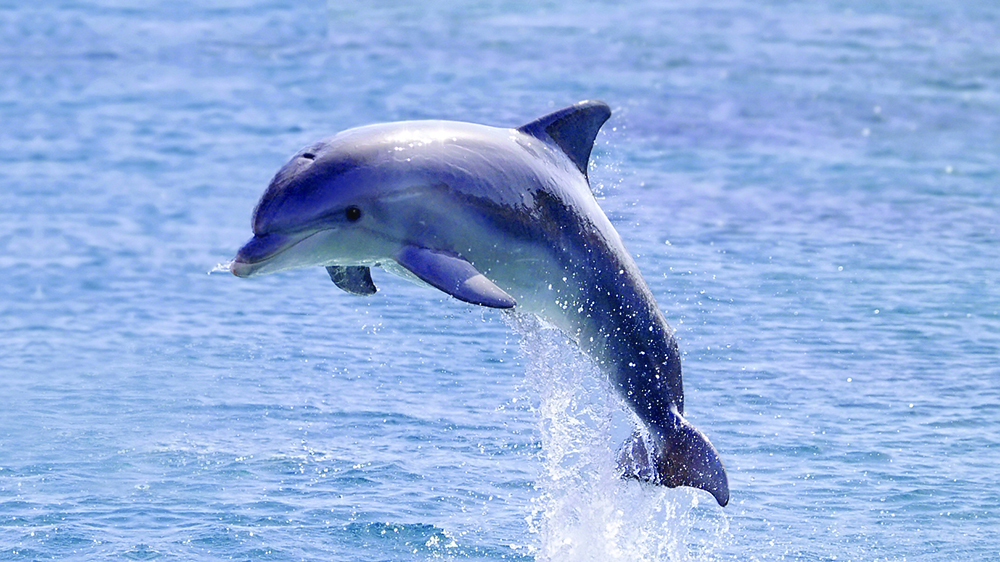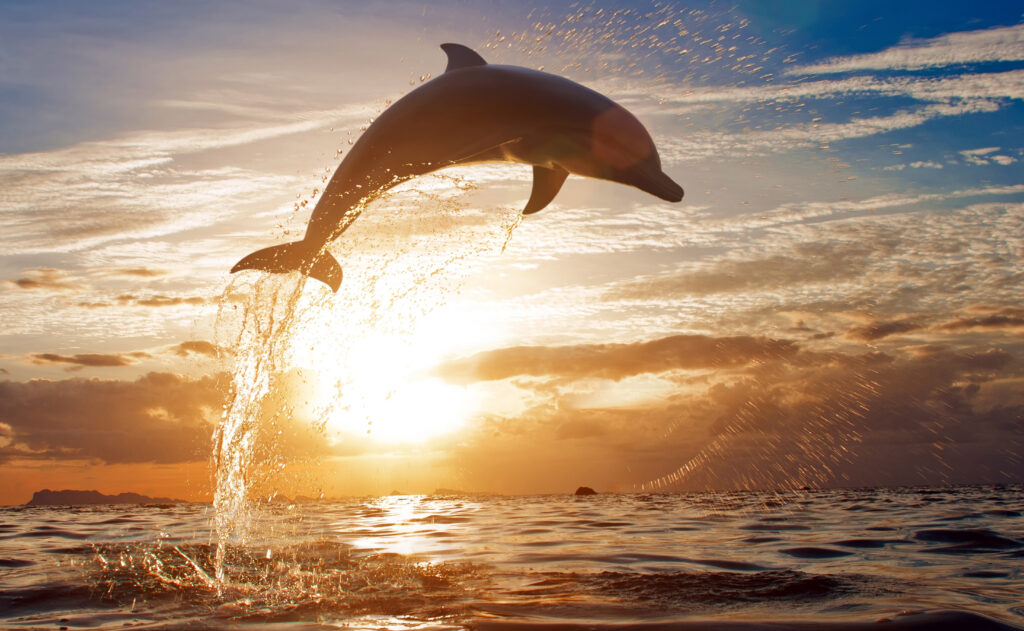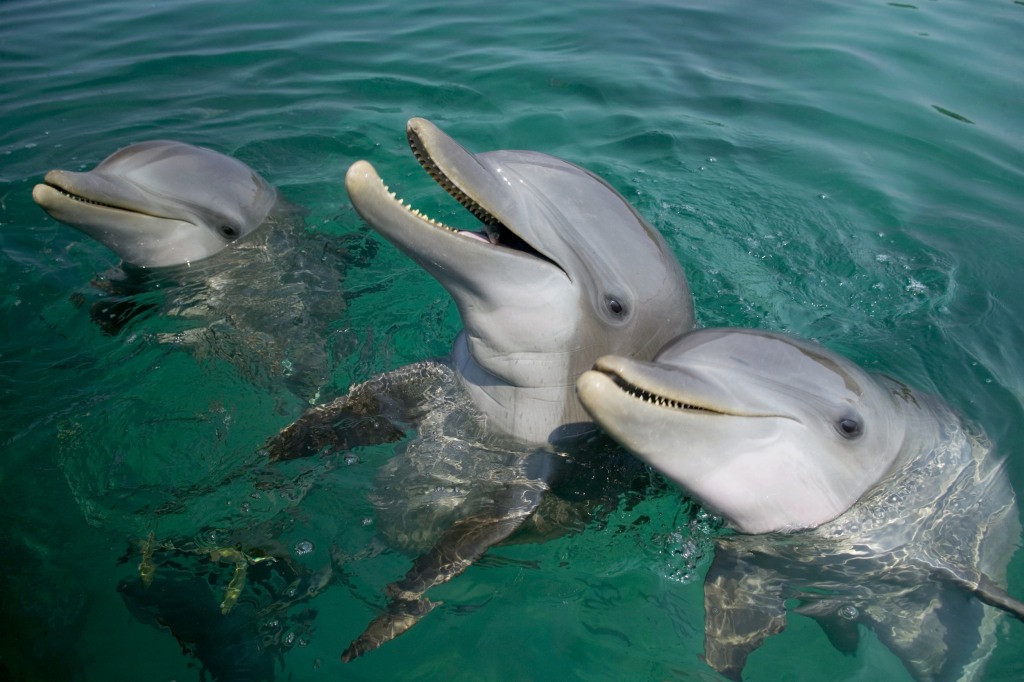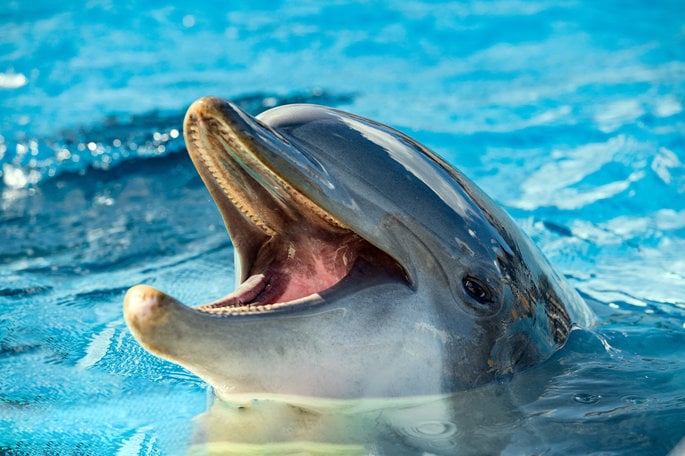Delving into the Enigmatic World of Dolphins: A Comprehensive Exploration
Introduction:
Dolphins, with their playful demeanor and remarkable intelligence, captivate the imagination of people worldwide. These cetaceans, known for their sleek bodies, acrobatic leaps, and intricate social behaviors, inhabit oceans and seas across the globe. In this exploration, we delve into the enigmatic world of dolphins, shedding light on their biology, behavior, communication, and the complex relationship between these fascinating creatures and humans.
Anatomy and Physiology of Dolphins:
Dolphins belong to the family Delphinidae within the order Cetacea, which also includes whales and porpoises. Their streamlined bodies are perfectly adapted to life in the water, with features such as a fusiform shape, flippers for steering, and a powerful tail for propulsion. Their skin is smooth and rubbery, often covered in a layer of blubber for insulation and buoyancy. Dolphins are air-breathing mammals, surfacing periodically to exhale and inhale through a blowhole located on the top of their heads. Their respiratory system is highly efficient, allowing them to remain submerged for extended periods.
Diversity of Dolphin Species:
There are over 40 species of dolphins, ranging in size from the tiny Maui's dolphin, which measures around 4 feet in length, to the massive orca, or killer whale, which can grow up to 30 feet long. Dolphins exhibit a wide range of physical characteristics, from the iconic bottlenose dolphin with its elongated rostrum and distinct smile to the sleek and elusive spinner dolphin known for its acrobatic spins and leaps. These species inhabit diverse marine habitats, from coastal waters and estuaries to the open ocean, and display unique adaptations to their environments.
Social Structure and Behavior:
Dolphins are highly social animals, living in groups known as pods that can vary in size from a few individuals to several hundred members. Within these pods, dolphins form intricate social bonds through behaviors such as cooperative hunting, grooming, and communication. They are known for their playful antics, engaging in activities like breaching, spy-hopping, and riding waves. Dolphins also exhibit complex vocalizations, using a combination of clicks, whistles, and body language to communicate with one another.
Intelligence and Cognitive Abilities:
Dolphins are renowned for their intelligence, ranking among the most intelligent animals on Earth. They demonstrate a wide range of cognitive abilities, including problem-solving, self-awareness, and tool use. Studies have shown that dolphins possess advanced communication skills, with the ability to understand and respond to human gestures and vocal commands. They also exhibit cultural behaviors passed down through generations, such as unique feeding techniques and vocal dialects within different populations.
Conservation and Threats:
Despite their remarkable adaptability and resilience, dolphins face numerous threats to their survival in the wild. Habitat loss, pollution, climate change, and entanglement in fishing gear are among the most pressing challenges. Dolphins are also vulnerable to human activities such as hunting and captivity for entertainment purposes. Conservation efforts aimed at protecting dolphin populations include establishing marine protected areas, reducing bycatch through the use of alternative fishing gear, and promoting responsible tourism practices.
Dolphin-Human Interaction:
Humans have long been fascinated by dolphins and have forged complex relationships with these marine mammals throughout history. Dolphins feature prominently in mythology, folklore, and popular culture, often portrayed as symbols of wisdom, grace, and freedom. In modern times, dolphins have become popular attractions at marine parks and aquariums, where they perform in shows and interact with visitors. However, concerns have been raised about the ethical implications of keeping dolphins in captivity, leading to debates about the welfare of captive dolphins and the ethics of using them for entertainment.
Dolphins are extraordinary creatures that inspire awe and admiration with their intelligence, agility, and sociability. As we continue to unravel the mysteries of their world, it becomes increasingly clear that dolphins play a vital role in marine ecosystems and hold valuable lessons for humanity. By understanding and respecting these magnificent animals, we can work together to ensure their survival and preserve the beauty and diversity of our oceans for future generations.
Dolphin Communication and Language:
One of the most fascinating aspects of dolphins is their communication abilities. Dolphins use a sophisticated system of vocalizations, body language, and even touch to convey information and maintain social bonds within their pods. Their communication repertoire includes a wide range of sounds, such as clicks, whistles, and pulsed sounds, each serving different purposes.
Clicks are primarily used for echolocation, a technique dolphins employ to navigate their environment and locate prey by emitting high-frequency sound pulses and interpreting the echoes. Whistles, on the other hand, are used for social communication and can convey information about identity, emotional state, and intentions. Dolphins also use body language, such as posturing, tail slapping, and rubbing, to communicate with one another and establish social hierarchies within their pods.
Studies have shown that dolphins have the ability to recognize individual voices and signatures within their social groups, indicating a high level of social cognition and awareness. They can also mimic sounds and learn new vocalizations through observation and social learning, suggesting a degree of flexibility and complexity in their communication abilities.
While scientists have made significant strides in understanding dolphin communication, the full extent of their language capabilities remains a subject of ongoing research and debate. Some researchers believe that dolphins possess a rudimentary form of language with syntactic structure and grammar, while others argue that their communication is more akin to a complex system of signals and cues rather than true language.
Dolphin Migration and Navigation:
Dolphins are highly migratory animals, with many species undertaking long-distance journeys in search of food, mates, and suitable breeding grounds. These migrations are often seasonal and driven by changes in water temperature, prey availability, and reproductive cycles. Dolphins rely on a combination of sensory cues, including magnetic fields, ocean currents, and celestial landmarks, to navigate during their migrations.
One of the most remarkable aspects of dolphin migration is their ability to maintain cohesive social groups, or pods, throughout their journeys. Despite traveling vast distances, dolphins exhibit remarkable coordination and cooperation, often communicating with one another to navigate and stay together. In some cases, dolphins form alliances with other marine species, such as whales or tuna, to facilitate their migrations and increase their chances of survival.
Understanding the migratory patterns of dolphins is crucial for their conservation, as it helps identify important habitats and migration corridors that need protection. Conservation efforts aimed at safeguarding these migratory routes can help mitigate threats such as habitat degradation, pollution, and overfishing, ensuring the long-term survival of dolphin populations.
Dolphin Conservation and Research:
Conservation efforts focused on protecting dolphins and their habitats are essential for ensuring their survival in the wild. Organizations and researchers around the world are working tirelessly to study dolphin populations, monitor threats, and implement conservation measures to safeguard these iconic marine mammals.
One approach to dolphin conservation involves establishing marine protected areas (MPAs) where dolphins and other marine species are afforded legal protection from human activities such as fishing, pollution, and habitat destruction. MPAs provide safe havens for dolphins to feed, breed, and raise their young, helping to replenish depleted populations and restore degraded habitats.
Another important aspect of dolphin conservation is research aimed at understanding their biology, behavior, and ecological roles in marine ecosystems. By studying dolphin populations, scientists can gather valuable data on their abundance, distribution, and health status, which can inform conservation strategies and management decisions.
In addition to research and conservation efforts, public education and outreach play a crucial role in raising awareness about the importance of dolphins and the threats they face. By engaging local communities, policymakers, and stakeholders, conservation organizations can foster a culture of stewardship and inspire collective action to protect dolphins and their ocean habitats.























































